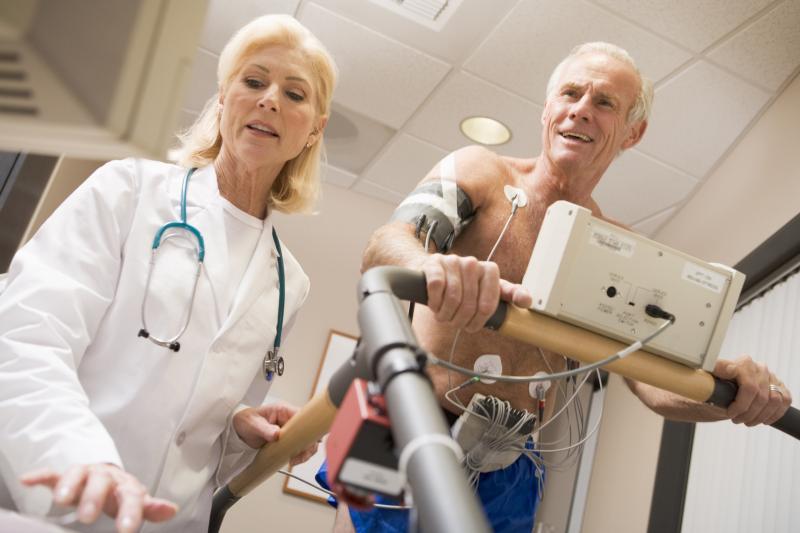
Use of the oral phosphodiesterase-5 (PDE5) inhibitor udenafil in the treatment of patients with pulmonary arterial hypertension (PAH) is safe and leads to a significant increase in exercise capacity, according to the results of a phase IIB trial.
In a cohort of 63 PAH patients (80.95 percent female) who were randomized to receive either udenafil 50 mg (n=31) or placebo (n=32) twice a day for 16 weeks, the active drug produced greater improvements in the primary endpoint of exercise capacity, as measured by the 6-min walking distance (6-MWD; mean difference, 25 m, 95 percent CI, –4 to 56; p=0.0873). [Clin Ther 2019;41:1499-1507]
The exercise capacity advantage with udenafil vs placebo was consistently observed in the subgroup of patients who were previously on endothelin receptor antagonist (ERA; mean changes in the 6-MWD, 54 vs 20 m; p=0.0460). This suggests that a combination therapy of udenafil plus ERA might exert a positive effect on 6-MWD, the investigators noted.
However, results for the secondary endpoints at week 16 showed no significant between-group differences: the Borg dyspnea score (mean difference, −0.6, −1.5 to 0.3; p=0.6628) and time to clinical worsening (number of clinical worsening events, two with udenafil vs one with placebo; p=0.5189).
There was a noticeable difference seen in N-terminal pro–B-type natriuretic peptide (NT-pro BNP) level at the end of treatment, in favour of udenafil (mean, −264 pg/mL, −486 to −42; p=0.0314).
Generally, the PDE5 inhibitor was well tolerated, with a safety profile similar to that of typical PDE5 inhibitors (sildenafil and tadalafil) noted in previous studies. [Circulation 2009;119:2894-2903; N Engl J Med 2005;353:2148-2157]
Commonly reported adverse events (AEs) were headache and chest discomfort, and most AEs were mild-to-moderate in severity. Two patients (6.5 percent) in the active treatment group withdrew from the trial: the first patient due to oedema and the second due to chills, pyrexia, and lower arm and calf pain.
“The favourable tolerability of udenafil and its positive effects on the 6-MWD and NT-proBNP could potentially translate into improvements in health-related quality of life for patients,” the investigators said, rationalizing the need for an extended study of the drug in PAH.
The current study was limited by the significant number of dropouts in the udenafil group. There is also a possibility of a selection bias occurring due to the inclusion of some patients who completed phase IIA and did not receive the optimal treatment recommended by class I.